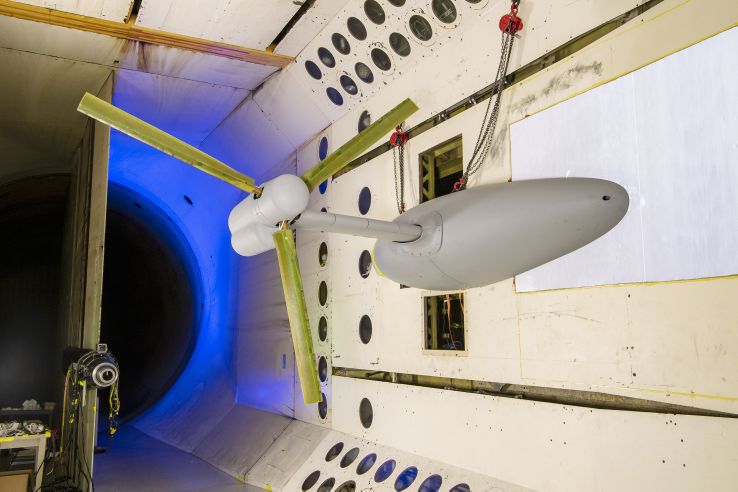- About
- Intara
- Capabilities
- Advisory
- Resources
- News
- Store
10 December 2020
New US Army tiltrotor testbed will help tackle whirl flutter
by Pat Host
A new tiltrotor testbed that the US Army recently finished building will help the service tackle the dangerous whirl flutter phenomenon found in tiltrotors.
The TiltRotor Aeroelastic Stability Testbed (TRAST), which the US Army started developing in 2016, will help researchers develop state-of-the-art analysis software that opens the possibilities for new tiltrotor designs, according to a 7 December service statement. The TRAST is a semi-span, wall-mounted model with a rotor system loosely based on the Bell XV-15 gimballed rotor. The service plans to test the TRAST in a massive wind tunnel at NASA Langley Research Center in Virginia to gauge the effectiveness of modern tiltrotor stability models.

The US Army’s TRAST may help the service explore new design possibilities for tiltrotors that resolve whirl flutter in different ways. The interaction between a tiltrotor’s propellers and wings can generate whirl flutter, which is when strong aerodynamic forces cause the airframe structure to shake violently, or even fail. (US Army)
Tiltrotors face severe stability issues due to the placement of heavy engines with large rotors on the end of the wings. The interaction between the propellers and the wings can generate whirl flutter, which is when strong aerodynamic forces cause the airframe structure to shake violently and even fail.
According to the Pretest Flutter Predictions of Upcoming Aeroelastic Tiltrotor Wind Tunnel Test white paper presented at the Vertical Flight Society’s (VFS’) 76th annual forum, whirl flutter is technically an instability that results from rotor aerodynamics coupling with flexibility in either the wing or pylon. This promotes pitch and yaw rotations during flight of propeller-driven aircraft or tiltrotors in fixed-wing aircraft mode.
Already a Janes subscriber? Read the full article via the
Client Login
Interested in subscribing, see What we do
A new tiltrotor testbed that the US Army recently finished building will help the service tackle the...
Associated services
 Details
Details 